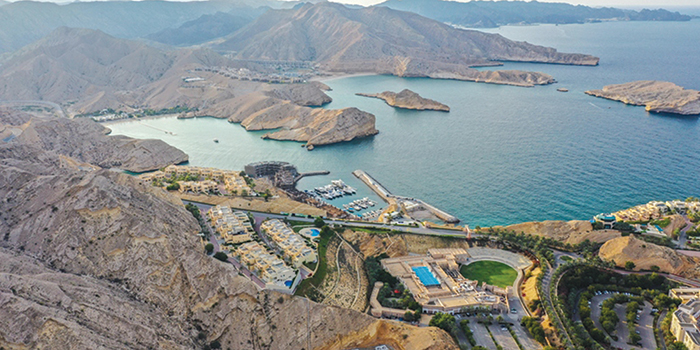
Muscat: Oman Investment Authority (OIA) will exit from six investments in the fields of energy, manufacturing, tourism and logistics as part of its strategy to achieve economic diversification, decrease dependence on oil and enable the government’s efforts to make private sector a leader in the national economy and enhance its role in driving national development, all of which are key objectives under Oman Vision 2040.
The exit strategy will begin with preparing three of its assets for initial public offerings: Muscat Stock Exchange (MSX), a manufacturing project directly owned by OIA, and two OQ projects. Additionally, OIA will partially and fully exit two Asyad Group projects and fully exit several Omran hotels and resorts.
“Since its inception, OIA has taken it upon itself to empower and enable the private sector and avoid competing with it to the best of its ability,” said Nasser Sulaiman Al Harthy, OIA’s acting chairman for operations. “On that note, OIA conducted workshops and programmes to devise an exit plan within a five-year timeframe between 2021 and 2025 to exit more than 30 assets.”
He added: “Exiting is a gradual international practice, which is beneficial to multiple parties and leads to the main objective which is handing over economic ropes to the private sector.”
Through this exit plan, OIA aims to generate revenues for the state’s general budget, utilise the acquired revenues in financing capital expenditure and operational expenses.
It also aims to invest in promising sectors after handing over current investments to the private sector, recycle capital from mature assets to investments that are still in their early stages, create partnerships with private investors who include local and international investors and expand Muscat Stock Exchange (MSX) through initial and secondary public offerings.
The plan focuses on exiting investments in sectors contributing to economic diversification, like manufacturing, mining, tourism and logistics. Each company presents its exit plan for the next five years. After getting approval from OIA, the company presents a detailed plan which includes exit procedures, main planned stages and any advisory appointments to complete the exit. Companies then execute the plan in collaboration with a team from OIA.
OIA’s Rawabet project, launched to maintain a link between OIA and its companies, came up with several policies, including the ‘Exit’ policy. This policy aims to create a framework adhering to values of transparency, fairness and utmost integrity. The policy seeks to guide companies in developing and implementing exit policies. The board of directors of each OIA company presents an initial 5-year exit plan to OIA for its approval, then updates the plan annually.
With inputs from Oman News Agency